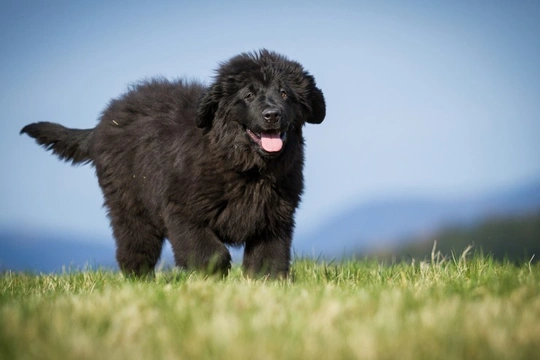
The five most expensive dog breeds to insure
When you are looking into purchasing a new dog or puppy, part of your planning and preparation should involve making sure that you can afford to care for your dog for the duration of their hopefully long life, and one of the best ways to do this involves investing in a good insurance policy for them.
There can be a significant amount of variation across the board in terms of the cost of dog insurance, and the ultimate price returned by any broker or company will be tailored to reflect the information that you enter about your own dog, which can of course vary too. However, certain breeds of dog generally cost a lot more to insure than others of an equivalent size, and there are generally logical reasons behind this, based on the perceived risk to the insurer, and how likely it is that you will need to make a claim at some point.
In this article, we will look at five of the most expensive dog breeds to insure, and why they are so costly. Read on to learn more!
What dictates the cost of insurance?
The cost of pet insurance is based on a wide range of factors in combination, which can make comparing like for like across different breeds difficult. As well as the breed of the dog, other factors that affect the policy cost include the age and prior health of the dog, the area that you live in, and a wide range of other factors too. The breed alone will not dictate the cost of your policy, but it will go a long way towards it.
The five dogs listed below are all breeds that reliably come up towards the top of the list in terms of insurance cost, regardless of the age of the dog and other associated factors.
1. Dogue de Bordeaux
The Dogue de Bordeaux is reliably the most expensive breed to insure with most pet insurance companies, for a variety of reasons.
The Dogue de Bordeaux is of course a large breed, which affects the policy cost in and of itself, and also the breed is prone to a wide range of potential health problems, many of which have a hereditary element to them. The average lifespan of the Dogue de Bordeaux is just 7-8 years, and older dogs of the breed are so uncommon that in some countries, a registry is maintained to list all dogs of the breed that reach the age of ten or over.
This combination of size, short lifespan and a hereditary predisposition to poor health makes the Dogue de Bordeaux expensive to insure.
2. Great Dane
The Great Dane is a giant breed of dog, and again, the size of the dog in and of itself makes insurance costs high from the get-go. Added to this, giant breeds tend to live rather shorter lifespans than smaller dogs, and also be more prone to health problems. Particular risks for the Great Dane include hip and elbow dysplasia, and GDV or bloat. All of these conditions are very expensive to correct and treat, leading to the high cost of insurance.
3. English bulldog
The English bulldog is a hugely strong, muscular dog with short, stocky legs and a brachycephalic face. The reasons for the high cost of insuring the breed are multiple, and the fact that the breed tends to be fairly short lived and also, prone to health problems including skin conditions, respiratory ailments and joint issues all contribute.
Added to this, the purchase price for the breed tends to be high, as bulldogs tend to deliver small litters, often just one or two pups, and also, often require delivery by caesarean section. The high purchase price for the dogs and their propensity to conformation problems makes them costly to insure.
4. Bull mastiff
The bull mastiff is a large, powerful dog of the molosser type, which tends to only live on average for 7-8 years. The breed is also very slow to grow and reach full size, often reaching three years old or more before they completely stop growing. Hip, elbow and joint problems can all potentially afflict the breed, as can GDV or bloat, as the shape and build of the dog predisposes them to this.
They can also be prone to a wide range of other issues, including eye problems, hyperthyroidism, and arthritis.
5. Newfoundland
The large, slow moving Newfoundland dog is another giant breed that is both tall and heavy. They rarely live past the age of ten, and tend to be prone to hip and elbow problems, as well as congenital heart murmur and other issues. The cost of veterinary treatment for such a large dog and the potential likelihood of problems all make the Newfoundland pricey to insure.
Other factors that affect the cost of insurance
As mentioned, a range of factors are taken into account when determining the price for any insurance policy, and you may never be able to find out for certain how the calculation for your own dog’s insurance was worked out. As well as the age, breed and condition of your dog itself, factors such as the postcode that you live within and if you have made any previous insurance claims can all affect the price, and so the policy for every dog is developed individually by means of automated scoring algorithms.
If you do feel that the price that you have been quoted is excessively high, however, it may be worth contacting the insurer directly to discuss your individual case, as in some circumstances, they may decide that this merits a reduction in your policy cost.



